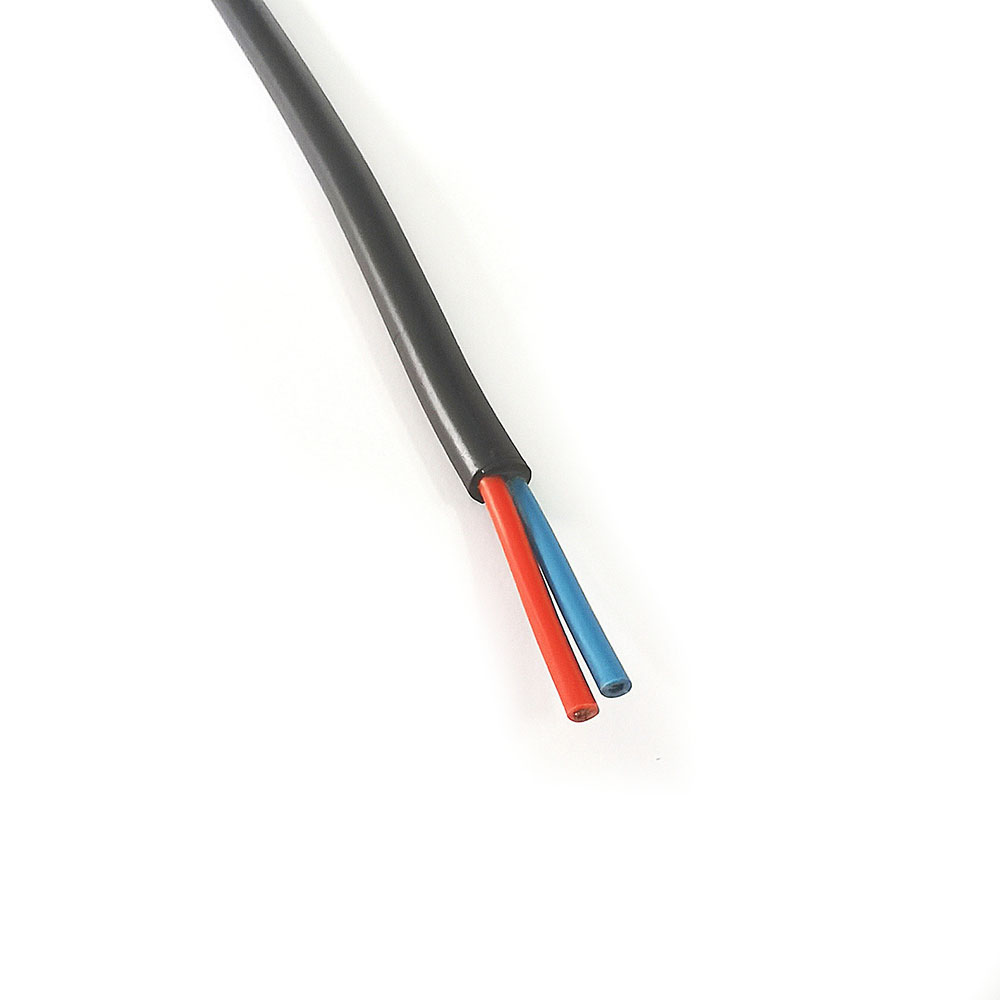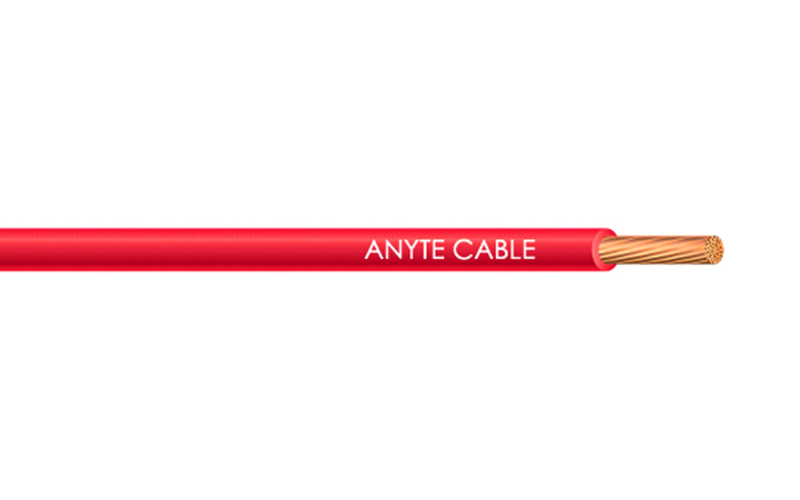Introduction:
In the intricate realm of cable manufacturing, NHXH cables stand out as vital components utilized across diverse applications, from residential to industrial settings. This article delves into the materials that constitute flame retardant cables and meticulously examines their impact on the cable’s durability and safety. A profound understanding of the materials involved is imperative for comprehending the cable’s reliability and functionality.

Core Components of NHXH Cables:
The manufacturing of flame retardant cables involves a meticulous selection of materials, each playing a distinct role in shaping the cable’s characteristics. These core components are chosen with precision to ensure optimal performance, longevity, and safety throughout the cable’s lifecycle.
Conductor Materials:
At the heart of any cable lies its conductors. NHXH cables commonly employ copper or aluminum conductors, each offering unique advantages. Copper, renowned for its excellent conductivity, is ideal for applications where efficiency is paramount. Conversely, aluminum, valued for its lightweight nature, finds its niche in scenarios where reduced cable weight is advantageous.
Insulation Materials:
Insulation serves as a critical layer, shielding the conductor to ensure electrical integrity. NHXH cables typically feature PVC (Polyvinyl Chloride) or XLPE (Cross-Linked Polyethylene) insulation. PVC, known for its cost-effectiveness and flexibility, suits various indoor applications. Meanwhile, XLPE, with superior thermal and mechanical properties, excels in demanding environments, enhancing the cable’s overall resilience.
Jacketing Materials:
The outer jacket, acting as the cable’s protective armor, is a pivotal component. NHXH cables commonly use PVC or LSZH (Low Smoke Zero Halogen) for jacketing. PVC jackets provide robust protection and are often chosen for general applications. On the other hand, LSZH jackets, designed to minimize toxic emissions in case of a fire, cater to environments where safety and low smoke emissions are paramount, such as enclosed spaces or densely populated areas.
Armoring (if applicable):
In certain applications, NHXH cables may incorporate additional armor to enhance mechanical protection. Metallic armors, typically made of steel or aluminum, guard the cable against physical stress, providing extra durability. The choice of armor material depends on specific environmental conditions and the level of protection required.
Filler Materials and Wrapping:
Filler materials and wrapping serve multiple purposes, including maintaining the cable’s shape, adding structural integrity, and preventing moisture ingress. Common materials for fillers include non-hygroscopic substances like polypropylene or paper, strategically placed to maintain the cable’s geometric stability and safeguard against environmental factors.
Impact on Durability:
The durability of NHXH cables is intricately linked to the materials incorporated into their construction. The harmonious synergy of these materials results in cables that can withstand a spectrum of challenges, ensuring longevity and consistent performance.
Resistance to Environmental Factors:
PVC and XLPE insulation contribute significantly to the cable’s resistance against environmental factors such as moisture, chemicals, and temperature fluctuations. This resistance is imperative for cables installed in diverse settings, ranging from underground conduits to exposed industrial environments.
Mechanical Strength:
The choice of conductor materials, armoring (if present), and jacketing significantly influences the cable’s mechanical strength. NHXH cables are designed to endure bending, twisting, and other mechanical stresses without compromising their structural integrity, ensuring reliable performance in dynamic installations.
UV Resistance:
UV-resistant materials in the jacketing protect NHXH cables from the harmful effects of prolonged exposure to sunlight. This feature is particularly crucial for outdoor applications, preventing the cable from becoming brittle or prone to degradation over time.
Corrosion Resistance:
Metallic armors, if utilized, contribute to the cable’s corrosion resistance. This is especially valuable in applications where cables may be exposed to corrosive substances or harsh outdoor conditions.
Impact on Safety:
Ensuring the safety of electrical installations is paramount, and NHXH cables are crafted with a focus on materials that contribute to their overall safety profile.
Fire Safety:
LSZH jackets play a pivotal role in enhancing fire safety. In the event of a fire, LSZH materials produce minimal smoke and toxic halogen gases, reducing the potential harm to individuals and sensitive equipment. This makes LSZH-jacketed flame retardant cables a preferred choice in confined spaces or areas with stringent fire safety regulations.
Low Smoke Emissions:
Materials with low smoke emission properties, such as LSZH, prevent the release of harmful gases in the event of a fire. This is especially critical in public spaces, high-rise buildings, or enclosed environments where the evacuation of occupants relies on clear air pathways.
Reduced Environmental Impact:
The materials chosen for NHXH cables often align with eco-friendly initiatives. For instance, the use of LSZH materials not only enhances safety but also contributes to a reduced environmental impact by minimizing the release of hazardous substances.
Compliance with Standards:
Flame retardant cables are engineered to meet stringent safety standards and regulations. The selection of materials is a crucial factor in ensuring compliance with these standards, providing users with the confidence that the cables are designed and manufactured with safety as a top priority.
![]()
As we continue to unravel the intricacies of NHXH cable manufacturing, let’s delve deeper into the nuances of each core component and its specific contributions to the cable’s performance.
- Conductor Materials:
Copper conductors, owing to their exceptional conductivity, facilitate efficient electrical transmission, making them ideal for applications where conductivity is a primary consideration. On the other hand, aluminum conductors, with their lightweight nature, contribute to the overall weight reduction of the cable, a crucial factor in scenarios where cable weight is a consideration.
- Insulation Materials:
The choice between PVC and XLPE insulation is a critical decision that hinges on the specific requirements of the application. PVC, being cost-effective and flexible, adapts well to various indoor settings, offering reliable insulation. In contrast, XLPE, with its superior thermal and mechanical properties, ensures resilience in demanding environments, where the cable may face heightened stressors.
- Jacketing Materials:
PVC jackets, known for their robust protection, find application in general settings, providing a durable shield against external elements. LSZH jackets, with their low smoke and toxic gas emission properties, elevate safety standards, making them indispensable in enclosed spaces where maintaining air quality during a fire is paramount.
- Armoring and Mechanical Strength:
The inclusion of metallic armors, whether steel or aluminum, enhances the cable’s mechanical strength. This additional layer serves as a formidable defense against physical stresses, making NHXH cables suitable for installations where mechanical durability is crucial. The choice of armor material depends on the specific environmental conditions, ensuring a tailored approach to mechanical protection.
- Filler Materials and Wrapping:
Non-hygroscopic fillers like polypropylene or paper play a pivotal role in maintaining the cable’s structural integrity. By strategically placing these fillers, cable manufacturers ensure that the geometric stability of the cable is preserved, guarding against the detrimental effects of environmental factors.
As we navigate through the multifaceted landscape of NHXH cable manufacturing, it becomes evident that each material is carefully chosen not only for its individual properties but also for its synergy with other components. The collective impact of these materials goes beyond the tangible aspects of durability and safety, influencing the overall performance and reliability of flame retardant cables in diverse applications.
In an era where technological advancements continue to shape the landscape of cable manufacturing, the role of materials remains central to meeting the evolving expectations of consumers and industries alike. Flame retardant cables, with their meticulously selected materials, epitomize the delicate balance between innovation, safety, and durability. As we peer into the future, it is the conscientious decisions regarding materials that will continue to drive progress in the realm of cable manufacturing, ensuring that cables not only meet but exceed the expectations of an ever-changing world.
Conclusion:
In essence, the materials used in NHXH cable manufacturing form the backbone of their durability and safety. The thoughtful selection of conductors, insulation, jacketing, armoring, and additional elements collectively shapes a cable that not only withstands the rigors of diverse environments but also prioritizes the safety of installations and occupants. As technology advances and the demand for reliable, safe, and durable cables persists, the role of materials in flame retardant cable manufacturing remains central to meeting these evolving expectations.




